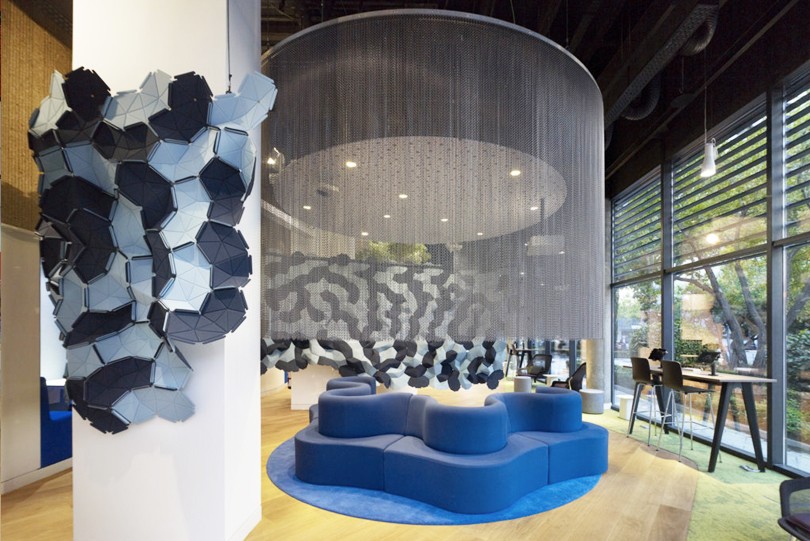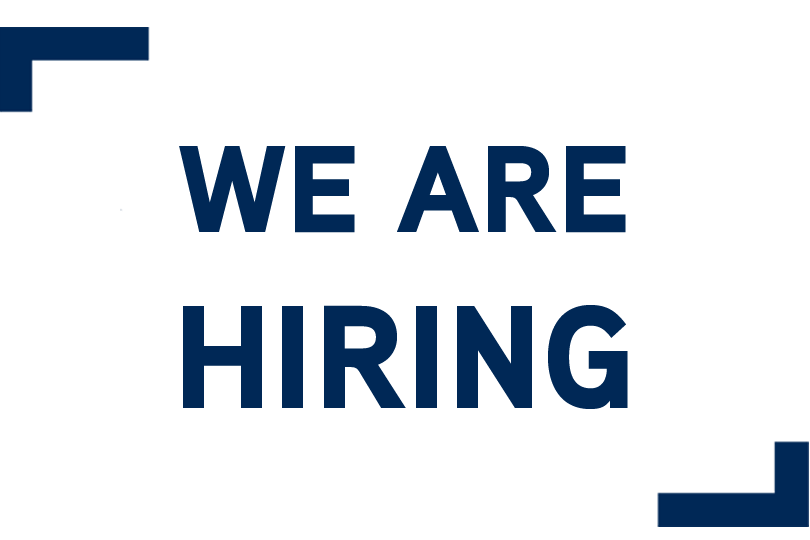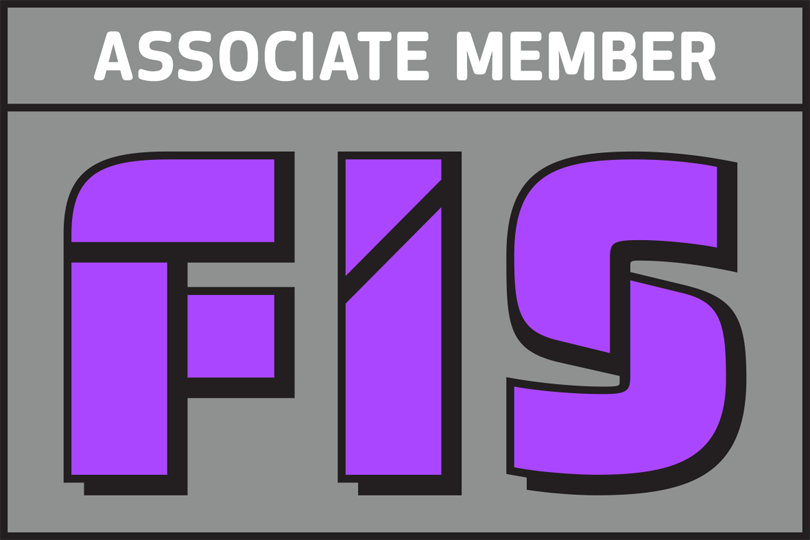THE OFFICE OF THE FUTURE

If we need to find a word to define how the future workplace would look like, variety would be the term that comes to mind. As technology develops, businesses adapt to this new era where services and products are in constant re-invention to fulfill our ever changing needs.
New trends and new ways of thinking bring us different approaches to face any challenges we may encounter; This brings us to the conclusion that there is no one way of doing things.
It is well known that trends are cyclical and our workspaces are no different.
When we think about modern workspaces, open plan offices come to mind, however, this is not a modern concept as the bases of this trend were set by the German Dubbed Bürolandschaft concept (or ´Office Landscape´) back in the 1950´s. This layout, particularly popular nowadays with Millenials, serves to improve the interaction between colleagues, encouraging cooperation and communication, whilst increasing the potential for distractions. A decade later, many organisations saw the need to bring a certain degree of privacy to the office environment – The cubicle was born; Created by Robert Propst, it brought a way to stay open while having some personal space.The so called Action Office brought the first open-plan office system of reconfigurable components.
While the original intention of the cubicle layout was never to compress as many employees into a space as possible, the profit orientated mentality of the time saw employees squeezed into ´Cubicle farms´ to increase the workforce, whilst reducing the cost implications of the work environment.
The new millennium brought a new mentality: Office flexibility – Businesses came to realise that employees didn’t need to be in the office at all; The Tech revolution, the rise of Wireless Technology and the invention of the Cloud freed employees from their constraints.
Companies also recognised that by paying more attention to staff wellbeing, levels of productivity were likely to increase. This brought a new wave of workplace design balancing between work and social life. Companies lost their corporate suit and filled their premises with bright colours, entertainment rooms and table tennis tables.
With the time, businesses have realised that there is more to a well-designed office than modern furniture and a games room. Workplaces are now designed to encourage a sense of community and collaboration. Open plan offices continue to be popular but they have been complemented with the addition of optimised spaces such as, meeting rooms, collaboration pods and breakout areas. Traditional office spaces have become less essential, focusing resources on ensuring that employees can work remotely if they wish to.
These key trends only give us the certainty that the future of the office environment will be defined by the variety, the freedom of choice where organisations empower their people to work where, when and how they choose – with maximum flexibility and minimum constraints – to optimise their performance and deliver best in class value and customer service; Either by using private or collaborative spaces, informal meeting areas or traditional boardrooms and through remote working or sitting at their desks, this freedom will allow organisations to work smarter by eliminating all barriers to working efficiently.





